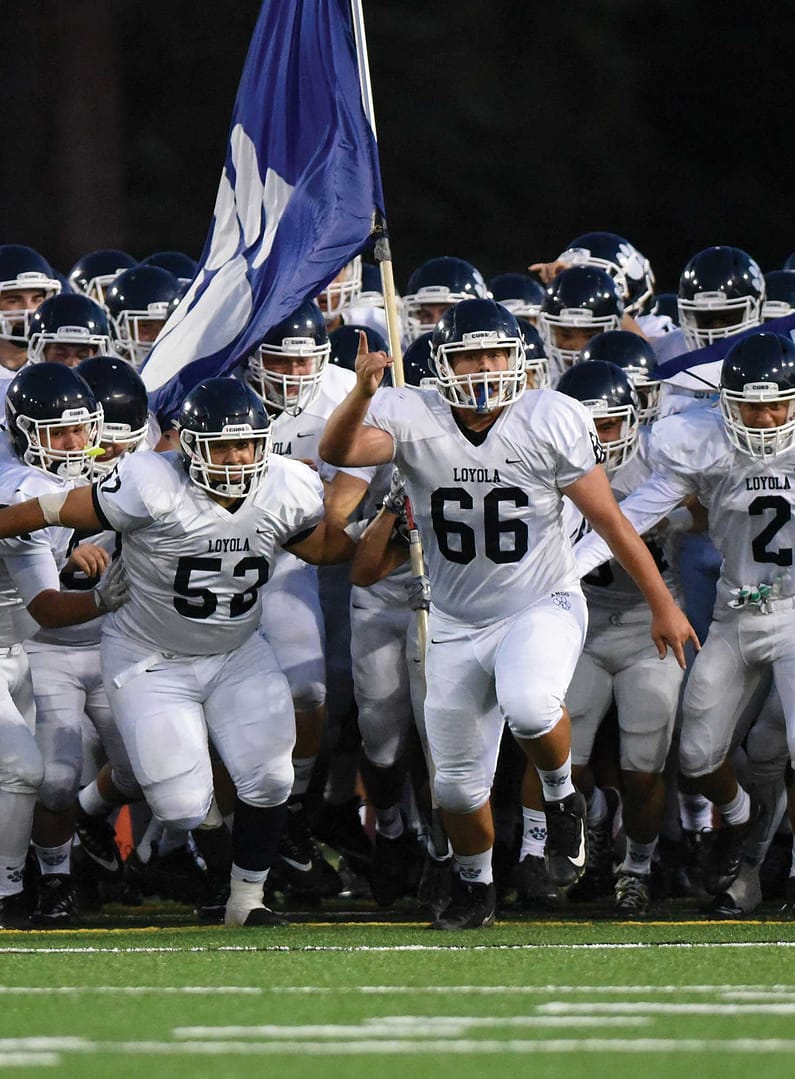Media companies like Netflix, Hulu, HBO, Quibi, Disney+, and Amazon Prime, among others, have become so much more than a source of quick entertainment, now more so than ever; during the pandemic, they have been the primary source of TV and movies. But how did they become such a juggernaut in the entertainment industry, and what’s in store for the future of Video On Demand?
VOD or Video On Demand was originally an add-on for cable networks, but with the rise of Internet video in 2007, it has become a primarily online medium. Netflix, which started as a VHS/DVD delivery service, eventually emigrated to create a formidable online presence, buying licensing rights to movies and television, and eventually making original content, with Orange Is the New Black as it’s first original series. Now, with shows like Stranger Things and The Umbrella Academy, Netflix is wielding an annual budget of 17.3 billion dollars in original content, according to Fortune magazine. HBO also started offline as the first cable channel, showing uncut and sometimes explicit films that were exempt from traditional television station rules. This gradually led to the creation of multiple award-winning television series, like The Sopranos, then continued to find success with an online model with shows like Barry and Watchmen, the latter of which won multiple Emmys recently.
Other streaming platforms, such as Amazon Prime Video, primarily license content for their platform, but also produce groundbreaking and award-winning television like The Marvelous Mrs. Maisel and The Boys. The newest wunderkind would have to be Disney+, launched November 12th of last year. Disney+ now has over 60 million subscribers and has become a powerful contender among streaming services. Even Youtube can be considered a VOD platform, using a symbiotic relationship between content creators and advertisers to keep a steady revenue stream. The fact is that people watch videos on demand. Over 74% of Americans use Subscription Video On Demand (SVOD), with that number rising to 94% when accounting for services like Youtube (Statista; Oberlo). And with the COVID-19 pandemic effectively putting most of the world into lockdown, streaming services have become the prominent way to get new content. As reported by Invoke, a market research company, 75% of responders are watching more content from streaming services than before.
But in such a competitive market, who are the winners and losers? Disney+ has seen a 43% increase in searches, according to SEMrush. Its rapid popularity could be due to its deeply ingrained role in brand entertainment.
Bob Iger said, “There’s a comfort level because you know you’re going to be buying something that you know and trust.”
However, this does not mean fairweather profits for all streaming services available. Some services, like Quibi, have had a tough time getting a foothold in the shark tank that is the streaming industry.
Even worse, these struggling services are the newest victims of “streaming fraud.” Interestingly, multiple Loyola students have reported watching a show–for example, HBO’s Euphoria–during their free-trial period and subsequently canceling their accounts, while others have admitted to borrowing their friends’ accounts. The second example contributes to online piracy and leads streaming companies to lower profits, especially for newer platforms. However, the consensus is clear: the only way to explain these phenomena is simply that people want more entertainment, driven by stay-at-home rules, and technological advancements.
So, what does this mean for the future? When the world finally re-opens, will people be comfortable returning to movie theaters? While it is evident that streaming services have become the dominant form of entertainment, some evidence shows a preference for in-person film. Theaters have been a staple of human entertainment since 1895 when the first paid film was shown in Paris. Since then, theaters have remained a vibrant industry, adjusting to the world around them.
Junior Joseph Dean, an avid movie-goer before the pandemic, explains, “While I believe that movie streaming services are great and allow people to have access to a ton of movies I also believe that watching a movie in a theater feels more special.”
It is evident that the theater industry dipped during the rise of the streaming service in the previous decade, but theaters have remained a popular place to go with friends or family.
“Movie theaters make the movie-watching experience more memorable–I don’t always feel the same way when I am at home watching Netflix,” continued Dean.
It seems the Loyola student body feels the same. In a recent Loyola poll, out of 76 students, 70% said they would consider returning to theaters if they reopened; however, as COVID-19 drags on, it may be harder and harder for theater companies to revive: grave times for cinephiles and those who like to pay twenty dollars for a medium popcorn.






Comments are closed.